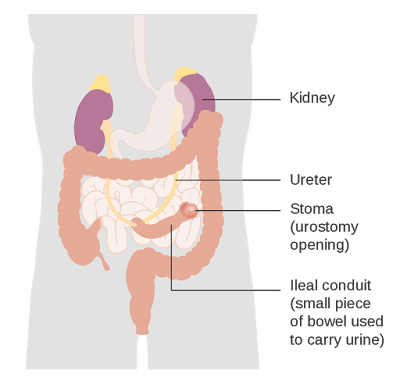When you have an ostomy, it can be challenging to change your pouch in public bathrooms. It's essential to find a private space so you don't feel self-conscious and embarrassed. You also want to make sure that you change your pouch at the right time so it doesn't get too full or leak on clothes. Here are five quick and easy tips for better bathroom changes:
1) Find a private place with plenty of light and ventilation if possible: If you are in a public bathroom, it may be challenging to have privacy. If possible, find a stall where you can close the door behind you so no one sees what is happening. You should also avoid changing your pouch near sinks or anywhere there might be people waiting for them because they will hear everything that happens. Bring wipes and a clean baggie to the bathroom so you can wipe down counters or benches before sitting.
2) Plan by bringing supplies with you before going out (wipes, toilet paper, new bag): You should have a supply bag full of wipes, toilet paper, and new ostomy pouches with you. If you run into any problems on the go (leaking or pouch failure), this will give you time to find supplies while your old one is draining instead of having to make an emergency bathroom stop.
Keep bags in the car: If you tend to get stuck in traffic, or your commute takes longer than expected, then it's a good idea to keep bags in the car. This way, if you are caught somewhere that you can't go home right away- like when there is an accident on the highway -you won't have any issues with leaks later because of delayed pouch changes.
3)Cleanse ostomy site with wipes: Most bathroom stalls don't come with sinks, so make sure you bring your water and cleaning supplies to help clean the area around the stoma before trying to change it. Be gentle when cleaning because even though you're in a public place, no one wants their skin irritated by
4) Wear loose clothing fitting around the waistband area; this will make removal easier: It's also a good idea to wear clothing that is not tight or restrictive around the waist so you can easily take your ostomy pouch off. This means it might be wise to avoid tucking in shirts and wearing belts, as they may cause problems when trying to access your stoma.
Wear "summer clothes" in summer: In the warmer months, you should avoid wearing clothes that are too thick or heavy as they may be uncomfortable during a bathroom change. Many ostomates find it easier to take their pants off entirely and put them back on at the end of a pouch change rather than removing only one pant leg with an active stoma.
5) Use all the products you're given by your ostomy nurse: Your treatment team will provide you with many different supplies to help with pouch changes, so make sure that you use them. These could include cleaning wipes, stoma powder, and stabilization products like wafers or adhesives. Ask for more if there are things they can provide- not using everything you're given can lead to skin irritation or problems with pouch leaks.
Use a bathroom mat: Sometimes, the floors in public bathrooms are wet and dirty, so place a towel on top of it before sitting down if possible. This will help protect your skin from any grime that might be lurking on the floor and prevent accidents during pouch changes.















